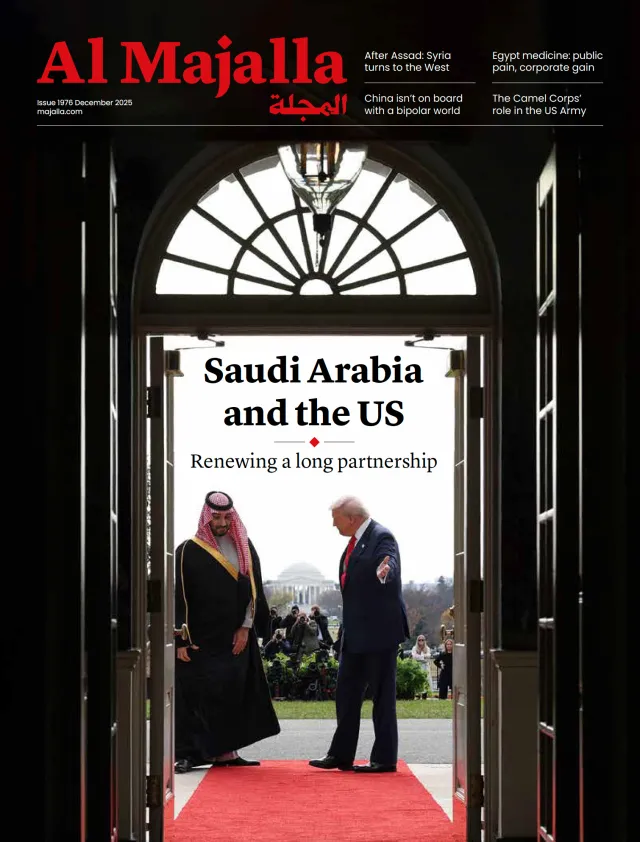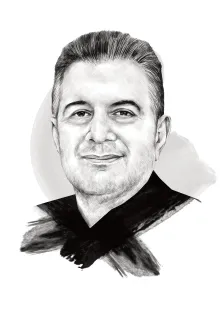The annual Jackson Hole meeting of global central bankers in Wyoming is looming, an August set-piece event which in the world of monetary policy has a stature comparable to the Cannes Film Festival.
It is highly influential in shaping the outlook for interest rates— and at times other policy tools—for the United States and other major economies. Each August, policymakers from around the world gather and wait for a set-piece speech from the chairman of the Federal Reserve.
All eyes on Powell
The update on the Fed’s thinking is closely watched by markets and frequently stokes movement across major stock and bond indices. This year, the spotlight on Jerome Powell shines brighter than usual. The top Fed official has been openly criticised by President Donald Trump, stoking speculation about the independence of the US central bank from day-to-day political control.
Last year’s Jackson Hole Economic Symposium was held amid market turbulence. The volatility was stoked by disappointing US jobs data, which stoked fears of a recession.
The worries—caused by a slight uptick in the unemployment rate—were soon dispelled. A series of stronger numbers followed, shoring up confidence in the Fed’s stewardship of the world’s biggest economy, with the main tool at its disposal setting interest rates.
Powell used Jackson Hole as the venue to signal the Fed’s intentions for monetary policy and overhaul its assessment of current economic conditions. The outlook included falling inflation, amid a cooling labour market, and a readiness to cut rates to underpin stability.




